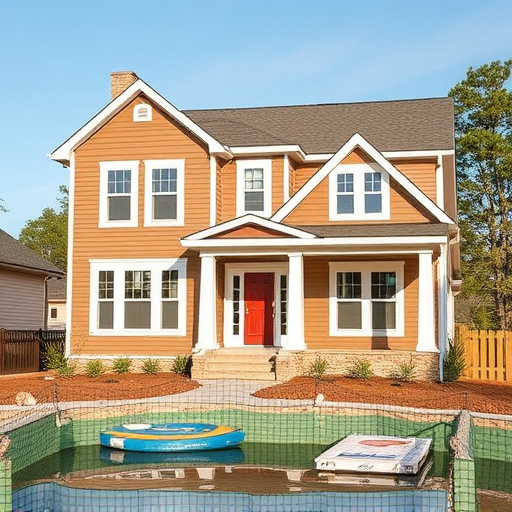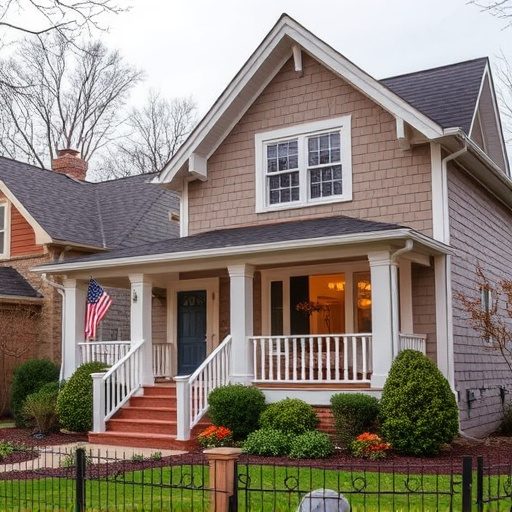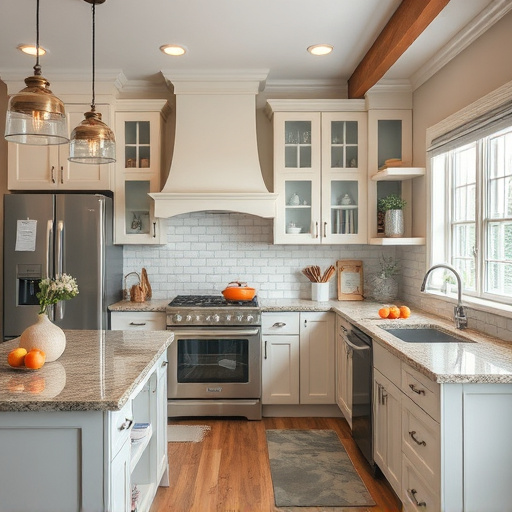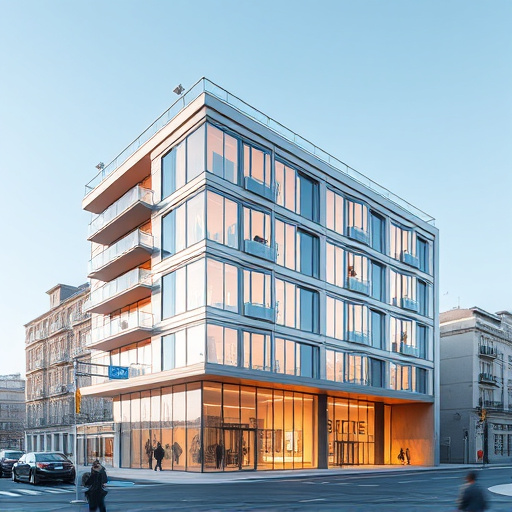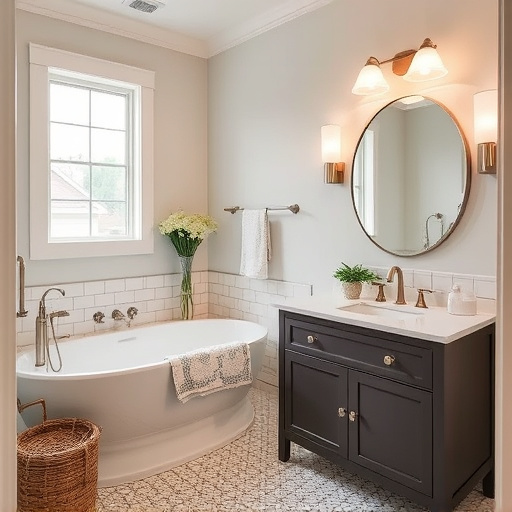Strategic office design incorporating natural elements, ergonomic furniture, and calming aesthetics creates serene spaces that boost employee wellness and productivity. Customized work areas with comfortable seating, plants, soft lighting, and accessible water stations transform offices into revitalizing oases where employees can unwind and recharge during breaks.
Transform your office into a sanctuary with dedicated wellness rooms and relaxation spaces. This article explores innovative office design ideas that foster employee well-being and productivity. Discover how creating serene environments, incorporating natural elements, and prioritizing ergonomics can enhance job satisfaction. Explore our tailored suggestions for each aspect, ensuring your workplace becomes a harmonious blend of aesthetics and functionality through effective office design.
- Creating Serene Spaces: Office Design for Wellness Rooms
- Incorporating Nature: Relaxation Through Interior Design
- Ergonomics and Comfort: Essential Office Design Elements
Creating Serene Spaces: Office Design for Wellness Rooms
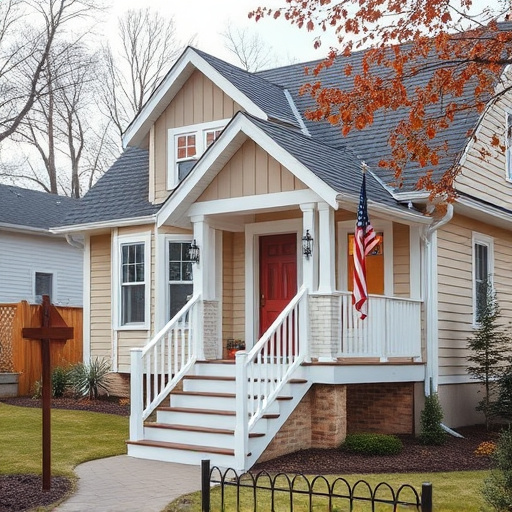
Creating serene spaces within an office environment is a powerful way to enhance employee wellness and productivity. Office design plays a pivotal role in cultivating an atmosphere that promotes relaxation and mental clarity, which are essential for overall well-being. When designing wellness rooms or dedicated relaxation areas, aesthetics and functionality should go hand in hand. Neutral color palettes, organic textures, and soft lighting create a calming ambiance, encouraging employees to unwind and recharge during breaks. Incorporating natural elements like plants and water features can further elevate the serenity, making these spaces truly revitalizing oases within the workplace.
Customized work areas and comfortable seating options tailored to individual preferences are key components of successful office design for wellness rooms. This personalization allows employees to create a sense of ownership and fosters a deeper connection with their workspace. Whether it’s through custom furniture arrangements or choosing the perfect interior painting schemes, these considerations contribute to an environment where people feel valued and inspired. Combining thoughtful design elements with strategic home renovation ideas can transform ordinary offices into exceptional spaces that support and nurture employee wellness.
Incorporating Nature: Relaxation Through Interior Design
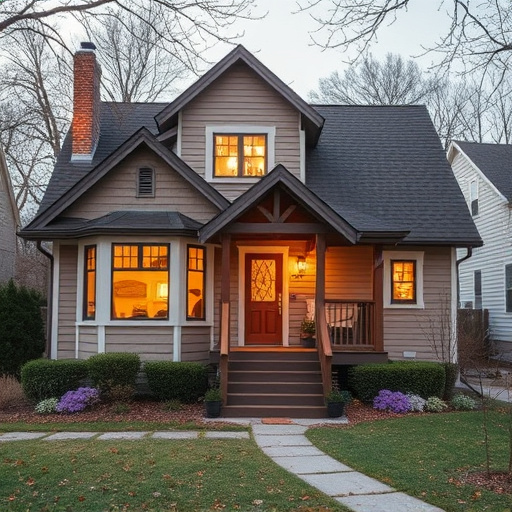
Incorporating elements of nature into office design is a powerful way to enhance wellness rooms and relaxation areas. Plants, for instance, not only add aesthetic appeal but also improve air quality by absorbing toxins and releasing oxygen. Large windows or glass walls can bring the exterior environment indoors, offering panoramic views of greenery or natural landscapes, which has been proven to reduce stress levels and boost productivity. Natural light is another crucial aspect; it’s best to maximize daylight exposure through strategic window placements or skylights, creating a bright and airy atmosphere that promotes tranquility.
This connection with nature can be extended to the choice of materials and color palettes. Earthy tones inspired by exterior painting trends can create a soothing ambiance while still maintaining a professional aesthetic. Functional spaces within these relaxation areas should include comfortable seating or lounging options, such as ergonomic chairs or plush cushions, along with amenities like quiet zones for meditation or private rooms for deep breathing exercises. By infusing nature into office design, you cultivate an environment that encourages employees to take breaks, recharge, and return to their tasks with renewed energy and focus.
Ergonomics and Comfort: Essential Office Design Elements
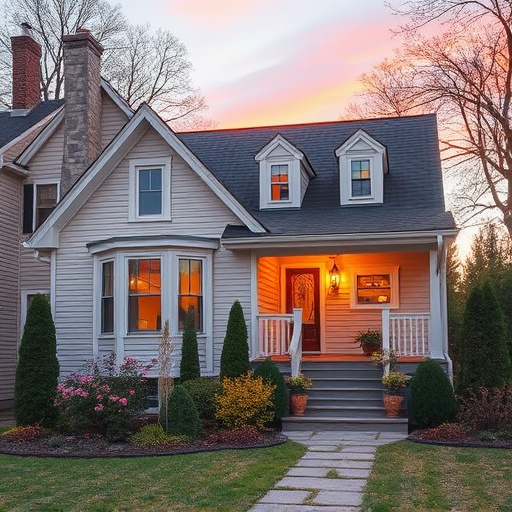
In an office design focused on wellness rooms and relaxation, ergonomics and comfort are non-negotiable elements. These principles are the foundation for creating spaces that promote employee well-being and productivity. Ergonomic furniture, such as adjustable desks and chairs, ensures proper posture, reduces strain, and accommodates individuals of various heights and physical needs. Soft lighting, comfortable seating areas, and warm color palettes contribute to a soothing atmosphere, mimicking natural environments that encourage tranquility.
Incorporating features from kitchen and bath design, such as easy-to-clean surfaces and accessible water stations, can further enhance comfort. A well-designed wellness room might include a kitchenette with healthy snack options and a small bathroom for quick refreshes. These additions, similar to a successful kitchen remodel or home addition, transform the office into a nurturing environment where employees can recharge, fostering a culture of mental and physical health.
Office design plays a pivotal role in creating wellness rooms that promote employee relaxation and productivity. By incorporating serene aesthetics, nature-inspired elements, and ergonomic features, companies can transform their spaces into calming oases. These simple yet effective modifications to office design not only enhance overall well-being but also foster a positive work environment, ultimately contributing to improved job satisfaction and performance.



